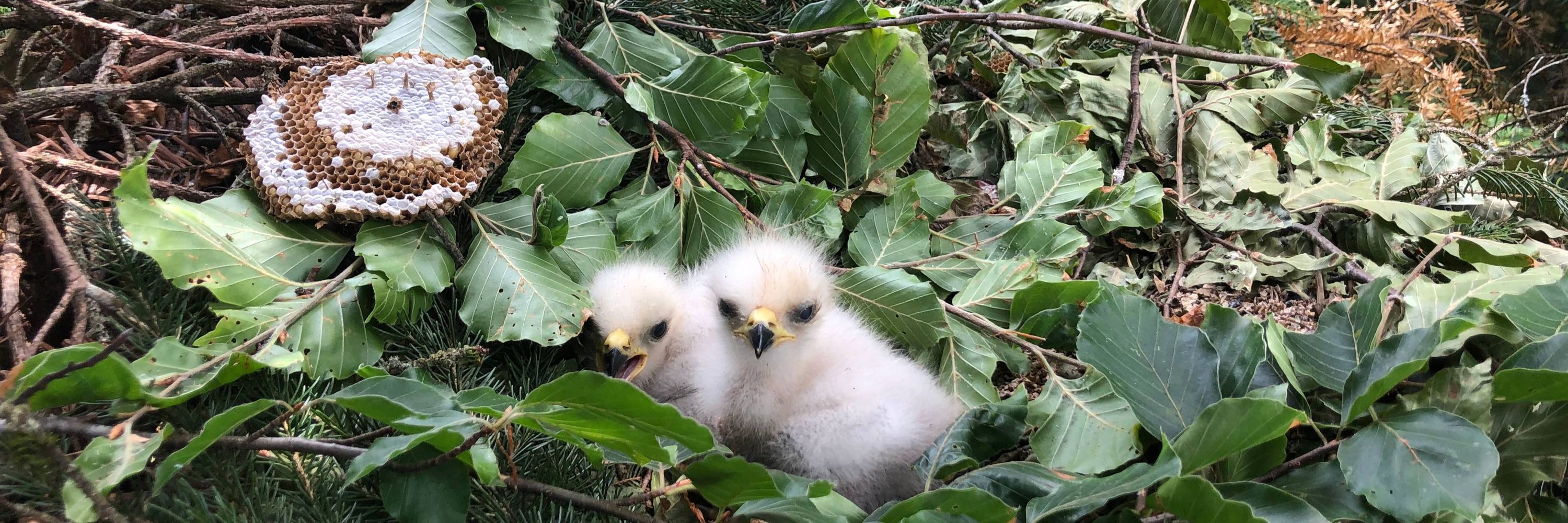
https://www.researchgate.net/profile/Valentijn-S-Van-Bergen








9/9

9/9
8/9

8/9
7/9


7/9
6/9

6/9
5/9

5/9
4/9

4/9
3/9

3/9
2/9

2/9
1/9

1/9

8/9

8/9
7/9


7/9
6/9

6/9
4/9

4/9
3/9

3/9

